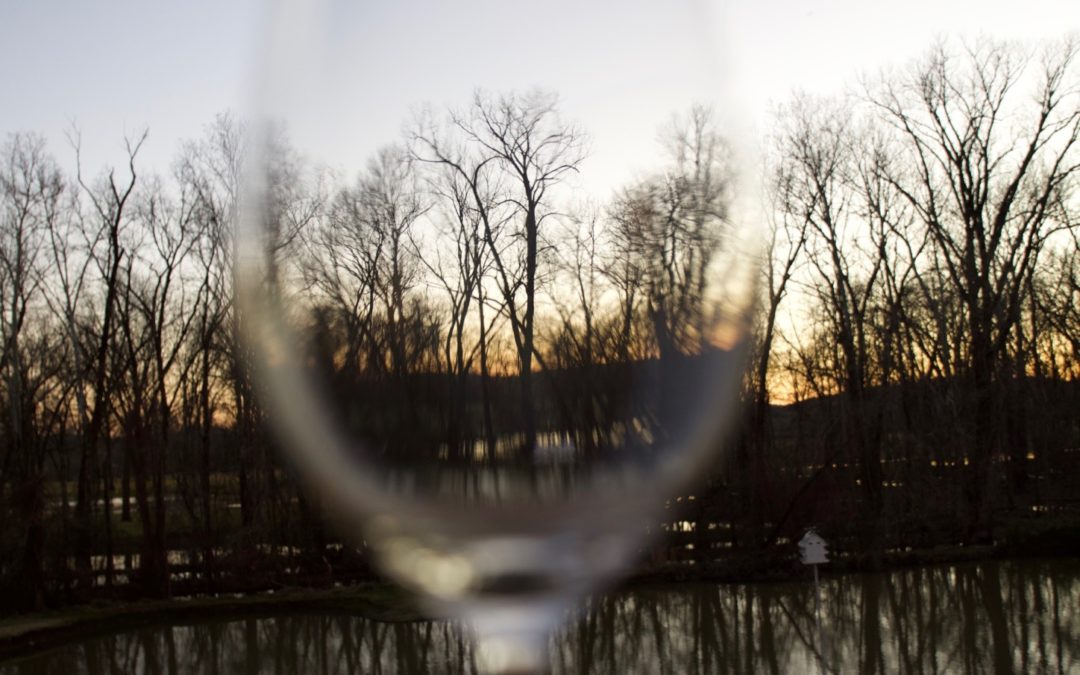
by Lorri | Jul 10, 2019 | UnCorked
An interesting topic many readers have asked me about is whether one can follow the “keto” diet and still enjoy drinking wine.
For those not familiar with the term “keto” is short for ketogenic. The ketogenic diet is a high fat, moderate protein, very low carbohydrate diet. The diet forces the body to burn fat for energy rather than relying on carbohydrates. It was developed to help control epilepsy in children and used under supervision of a physician. However, outside the medical community the term is used rather loosely to refer to many low-carbohydrate eating styles along the lines of Atkins, South Beach and Paleo. The ratio of fats and proteins and whether fruits are allowed distinguishes these diets from one another.
The good news is many wines are low in carbohydrates. The bad news is not all wines are “keto-friendly.”
The ideal “keto-friendly” wine is about 13.5% (or less) alcohol with very little to no residual sugar. It is not that difficult to find wines with 13.5% alcohol but it is difficult to find 100% dry wines.
As I’ve written before, residual sugar refers to the amount of sugars in a wine after fermentation. Before grapes are fermented into wines, they contain lots of natural sugar. When the yeasts consume the sugar they produce alcohol. The yeast will continue feeding and converting all of the sugar until it has been consumed or when the winemaker halts fermentation with an additive. When fermentation is stopped before all of the sugars are consumed the amount remaining in the wine is called residual sugar.
This is where it gets tricky. With some wines, even when the wine tastes “dry” it may still have up to 30 grams of residual sugar. More bad news is the residual sugar is not going to be listed on the label. The United States has no labeling requirements for nutrition. But there are a few key things to keep in mind and ways to find out how much residual sugar a wine has.
- Your best option is to go straight to the source. Many wine brands’ websites include “tech sheets.” The technical sheets, or fact sheets, often include information such as the varietal content, varietal origin, alcohol by volume, pH and residual sugar.
- European wineries tend to produce the driest styles.
- Champagnes with “brut” and “extra brut” generally have the lowest residual sugar.
- Value driven wines sometimes contain the highest amount of residual sugars.
- Higher alcohol does not always mean low residual sugar. The highest alcohol wines (such as zinfandel, shriaz, grenache) can sometimes have high levels of residual sugar because these wines start out with a lot of sugar in the grapes.
- Common sense is that most “sweet” tasting wines will have higher RS so avoid moscato, Port and dessert wines.
THE VALUE
- 2018 Ecco Domani Pinot Grigio, Italy (about $10 retail)
THE SPLURGE
- 2018 Bonterra Pinot Noir, California (about $22 retail)
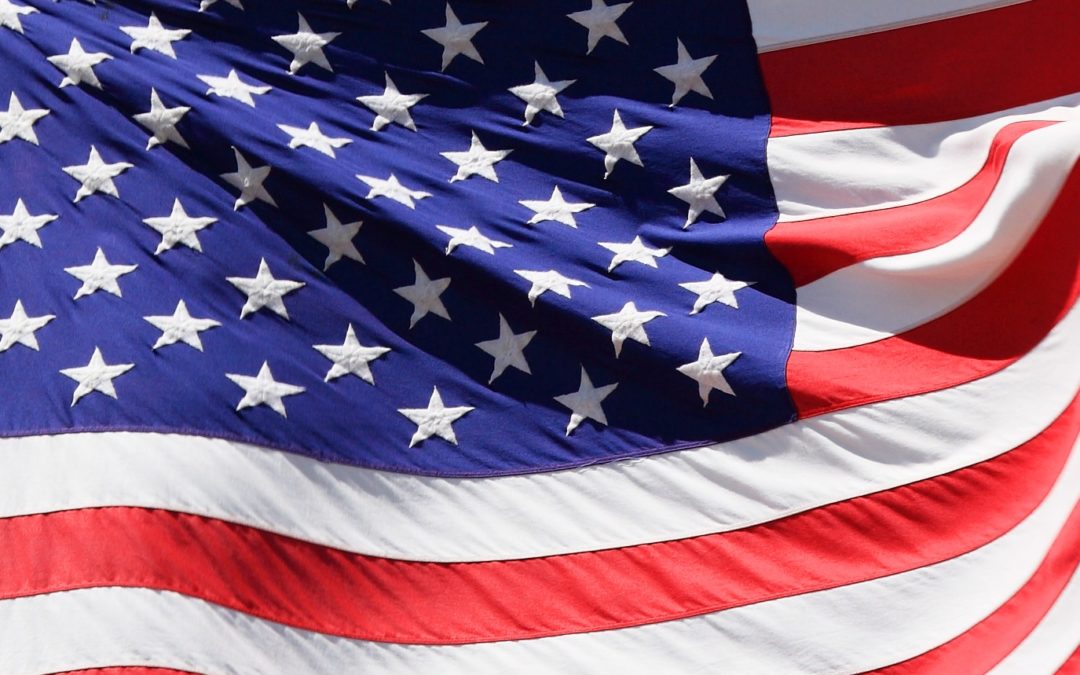
by Lorri | Jul 3, 2019 | UnCorked
I have always imagined the wine choice for the celebratory toast of the signing the Declaration of Independence to be a robust, complex Napa Valley Cabernet sauvignon. Of course, this was not the case, considering Napa Valley’s first commercial vineyards weren’t established until the mid-1800s.
What was the celebratory drink? A fortified Portuguese wine, Madeira, filled the cups of those attending America’s first celebration of independence in 1776.
Madeira was a popular choice for many early American celebrations: the signing of the Declaration of Independence, George Washington’s first inauguration, the signings of the Louisiana Purchase and the Constitution. But it was also an everyday drinking wine.
The island of Madeira, from which the wine gets its name, was a popular port of call for European ships headed to Asia, Africa and the Americas. While the ships were being loaded with trading goods, the wines soon became part of the cargo. While Americans loved their whiskey, Madeira was a staple. Historians estimate 25%-70% of Madeira’s production during the Colonial era was being exported to the American Colonies and British West Indies.
Madeira was a practical choice for many reasons, one being its ability to travel well. Fortifying the wine with spirits increased the alcohol content to 19%-21%, allowing the wines to survive long journeys at sea. As you can imagine, a cargo hold of an 18th-century ship crossing the Atlantic in the heat of summer would would literally “cook” a normal table wine.
However, because of its fortification, Madeira was not damaged by the heat. In fact, the journey actually improved the wine. Legend says that sailors realized the rolling and pitching of the ship during the journey “stirred” the wine in the large wooden vessels. The longer the journey, the more complex and pungent the wine became.
Today, the wine is aged using either the Estufagem (in heated stainless tanks) or Canteiro (in barrels placed in warm attics or warehouses) process.
Madeira remained a popular wine in the United States until Prohibition in the early 20th century.
This July 4th you will most likely be celebrating with an American wine but if you want to toast as our Founding Fathers did, Madeira should be your wine.
THE VALUE
- NV Sandeman Madeira Fine Rich, Portugal (about $22 retail)
THE SPLURGE
- 2000 Henriques & Henriques Madeira, Portugal (about $77 retail)
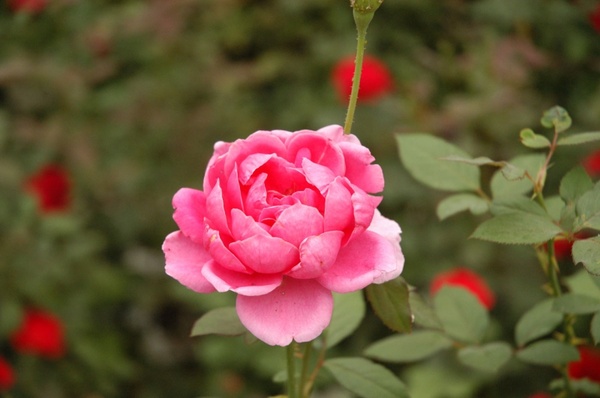
by Lorri | Jun 26, 2019 | UnCorked
It’s that time of year again — when I exult the praises of rosé. I have fearlessly taken on this topic for over a decade in hopes that one day the American palate would catch up with the rest of the world. It seems my campaign is working, and I have convinced many readers to step over to the pink side, into this beautiful, elegant world of rosé wines.
Americans are late comers to the pink passion party. But that’s likely because of their association of rosé with the sweet blush of white Zinfandels of the 1980s and ’90s. Today’s rosé is nothing like those white zins of the past.
I scoured my tasting notes to find the top rosé wines from around the world. It may be surprising to to learn not all are from the sacred vineyards France’s Provence region. Some of my favorites, as well as other tasters’ are from California, Oregon and Bordeaux. It is exciting to see this category expand with unique blends.
If you are not a dedicated rosé revivalist it’s my hope this week’s recommendations will help you understand why I continue to champion these wines.
The recommendations were gathered from my tasting notes, other local professionals and I am recommending them based on quality, price and, of course, availability in our market.
THE VALUES
- 2018 Bell Rosé, California (about $15 retail)
- 2018 Acrobat Pinot Rosé, Oregon (about $14 retail)
- 2018 Erath Oregon Rosé, Oregon (about $16 retail)
- 2018 Marques De Caceres Rosé Rioja, Spain (about $13 retail)
- 2017 Matua Rosé, New Zealand (about $12 retail)
- 2018 Milou Pay D’Oc Rosé, France (about $12 retail)
- 2018 Charles Smith Vino Rosé, Washington state (about $15 retail)
THE SPLURGES
- 2018 Chateau Bonnet Bordeaux Rosé, France (about $19 retail)
- 2018 Anne Amie Rosé of Pinot Gris, Oregon (about $20 retail)
- 2018 Whispering Angel Provence, France (about $26 retail)
- 2017 Francis Ford Coppola Sofia Monterey County Rosé, California (about $19 retail)
- 2018 Presqu’ile Family Vineyards Pinot Noir Rosé, California (about $25 retail)
- 2018 La Crema Monterey Rosé of Pinot Noir, California (about $19 retail)
- 2018 Gerard Bertrand Cote des Rosés, France (about $21 retail)
- 2017 Chateau D’Astros Provence Rosé, France (about $20 retail)
- 2018 Simi Sonoma County Dry Rosé, California (about $20 retail)
- 2018 Raptor Ridge Rosé of Pinot Noir, Oregon (about $20 retail)
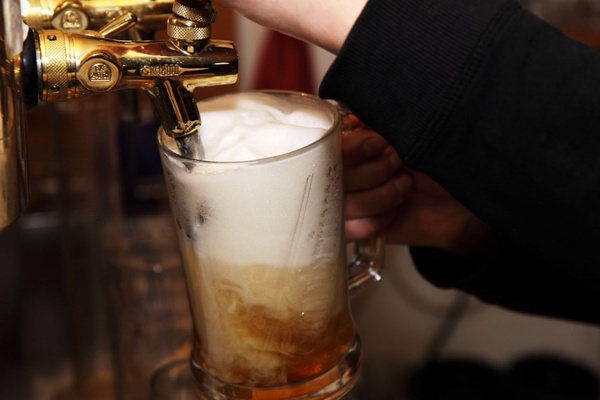
by Lorri | Jun 19, 2019 | UnCorked
I have always held a strong opinion on wine “faux pas.” Many involve summer heat and optimizing refreshment. Dropping an ice cube into your wine glass, for example, is never OK. Ever. Cocktails made with wine that include ice are a gray area. Mixing beer and wine?
I must say I was intrigued.
The producers of these hybrids are going beyond wine-barrel aged beer and creating a new step in fermenting techniques that actually combines the two brews. Many of these recipes incorporate ingredients such as grape must and wine yeast to create a beverage that is part beer, part wine and uniquely tasty.
This labor-intensive process is not just a fad, Belgian brewers have been making these hybrids since the 1970s. The movement in the United States can be attributed to Dogfish Head Brewery. In the late 1990s the Delaware-based brewery teamed up with biomolecular archaeologist Patrick McGovern to brew a beer-wine-mead hybrid. Midas Touch Ancient Ale is brewed with muscat grapes, barley, honey and saffron. The story goes it was inspired by ingredients found in a 2,700-year-old drinking vessel discovered in the tomb of King Midas.
These hybrids often take a lot of time and attention during production and blending. Most start with a sour ale as the base and the maker then chooses to co-ferment, blend and age these beverages. The crafters will macerate the beer on the fermented wine skins. The aging process can be lengthy with some producers aging the beer for one to two years in wine barrels plus an additional six months in the bottle before releasing to the consumer.
Several U.S. craft brewers now offer brews that bridge the grape-grain divide. The alcohol by volume of these drinks tends to be a bit higher than your average beer, but below most wines. These beer-wine hybrids offer unique beverage options with a variety of styles to appeal to a range of tastes. So, for a summer refresher you have several unique spins, but please, don’t put ice cubs in your wine (or beer).
THE VALUES
- Dogfish Head Midas Touch Ancient Ale (9% ABV), Delaware (about $14 retail, 4 pack)
- Pacific Coast Apple Pinot Grigio Hard Cider (6.5% ABV), California (about $14 retail, 4 pack)
- Rogue Rouge Brut India Pale Ale Pinot Noir Juice (7.5% ABV), Oregon (about $13 retail, 4 pack)

by Lorri | Jun 12, 2019 | UnCorked
Father’s Day gifts do not have to be all about the stereotypical ties and socks. If you know your father enjoys wine, why not buy a gift you know he will appreciate?
- His new favorite bottle. Finding an ideal wine is easy because according to the surveys I consulted nine out of 10 dads love a great bottle of cabernet sauvignon. There’s no need to break the bank here with an exorbitantly priced bottle. There are many great wines for under $40. Stay with regions that have a history of quality bottles such as Bordeaux, Napa Valley and Australia.
- His “camping” wine glass. No one should have to drink wine from a flimsy plastic cup. New trends in outdoor glassware include insulated tumbler styles and even stainless-steel wine glasses. The one I found with the best reviews was the stainless-steel nesting wine glass. It’s lightweight and stores easily into camping gear without the worry of breakage.
- Wine Barrel Staves for Grilling. Just as wood influences the wine you drink, grilling staves have a tasty effect on food. The staves are from used red wine barrels and offer a unique fuel to your father’s next grilling adventure.
- A Wine-Beer Hybrid. If your dad loves beer and wine, this is the drink for him. Several breweries are crossing the grape-grain divide by combining these different but equal beverages with excellent, if not intriguing results. If he enjoys the beer drinking experience but still orders that chilled crisp pinot gris this gift will be a unique taste for exploration.
- A serious but comical wine book for his library. Master Sommelier Richard Betts took his passion for wine (less the wine-speak) and created a fun scratch-and-sniff way to explore the world of wine. The Essential Scratch and Sniff Guide to Becoming a Wine Expert explores the basic components of wine, the fruits, woods, earth and allows the reader to discover the differences in grape varieties. The illustrations bring a humorous approach and put the fun into wine fundamentals.
- A bottle with a story. An incredible bottle of wine with a great story behind it is always a great gift. I always think of Steve Reynolds of Reynolds Family Winery as one of those bottles for Father’s Day. It could be that he is an amazing winemaker but also that his business card says, Steve Reynolds, “owner/winemaker/dad.” It was his father being a hobby winemaker that introduced him to the craft early in his life. In 1994, Reynolds left his career as a dentist and with his wife, Suzie, bought a 100-year-old chicken ranch that needed “lots of love” to have potential for fine winemaking. As a tribute to their substantial hardships, the stigma of being a newcomer to Napa Valley, arduous startup politics and other challenges, Reynolds named one of his red blends “Persistence.”
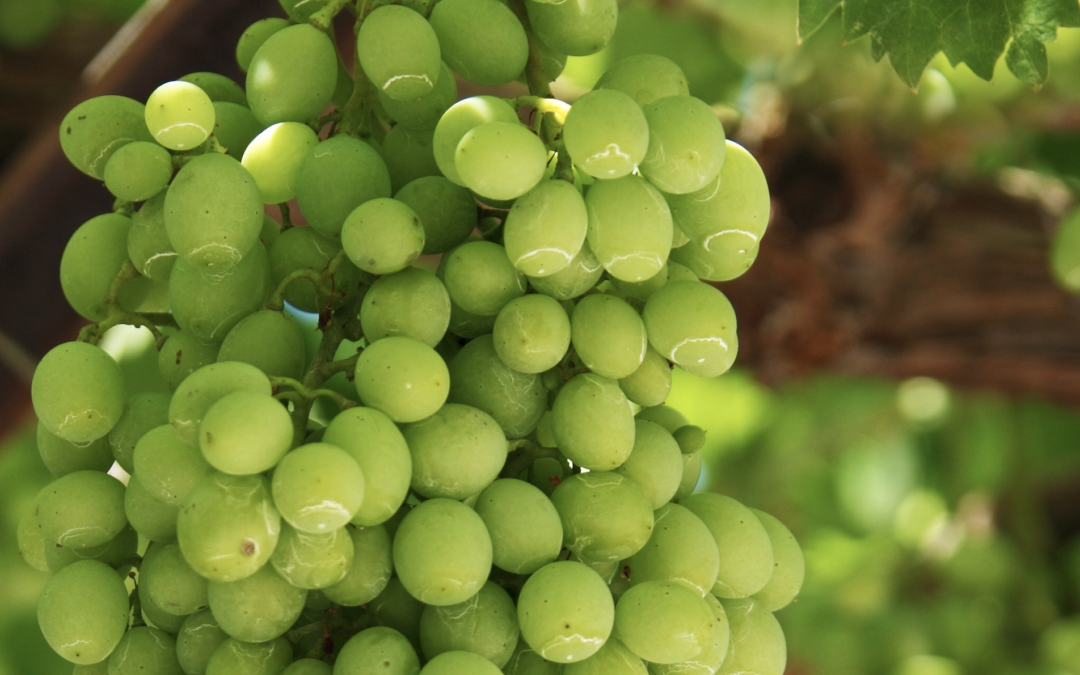
by Lorri | Jun 5, 2019 | UnCorked
Who doesn’t love anything fizzy, chilled and refreshing?
That trifecta is just one explanation for America’s growing love of Moscato d’Asti.
Home in Italy’s Piedmont region Moscato d’Asti is made from moscato bianco, a grape that’s hundreds of years older than the familiar cabernet sauvignon. When most consumers think of Moscato, they have a disappointing tendency to compare it to its sweeter, easy drinking fizzy cousin, Asti Spumante produced in the same region from the same grape.
Moscato d’Asti offers distinct aromas of lemon, pear, orange and honeysuckle. If the aromas were not refreshing enough the taste seals the deal with a tingle on your tongue from the half-sparkling style (frizzante in Italian) with high acidity and slight carbonation. Another reason to the love this wine is the surprisingly low alcohol level, around 5.5% alcohol by volume. (By comparison, an average bottle of white wine is 12% to 13% alcohol by volume.)
The secret behind this refreshing bottle is in the technique. Fermentation takes place in a stainless-steel tank making it ideal to preserve the natural carbonation. The fermentation is stopped at 5% to 5.5% ABV leaving enough residual sugar to create a pleasantly sweet wine. The process is quite different from other sparkling wines such as Champagne. Unlike Champagne there is not a “secondary fermentation” inside the bottle.
THE VALUE
- NV Mia Dolcea Moscato d’Asti, Italy (about $12 retail)
THE SPLURGE
- NV Saracco Moscato d’Asti, Italy (about $19 retail)
Page 2 of 85«12345...102030...»Last »





